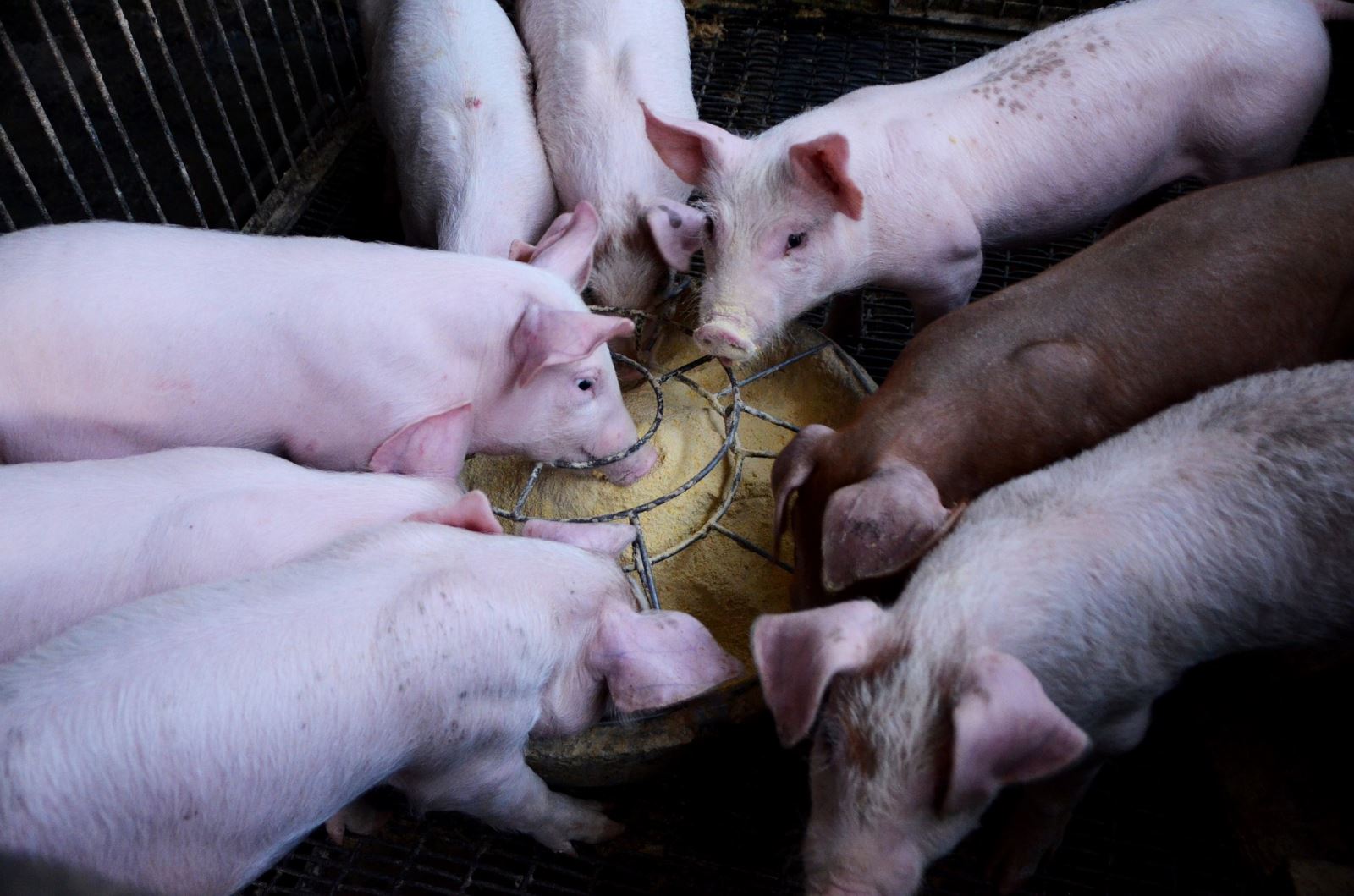IEC Speaks Out for Stronger CAFO Rules
posted
on Tuesday, September 19, 2017

By Ann Robinson, Former IEC Agriculture Policy Director
At a standing-room only meeting of the Iowa Environmental Protection Commission (EPC) yesterday, IEC presented official comments requesting that the DNR and the EPC update and strengthen Iowa’s Master Matrix rules for large concentrated animal feeding operations. The comments were in support of a petition for rulemaking presented by Iowa Citizens for Community Improvement and Food and Water Watch.
IEC agrees that changes in the Matrix are overdue, as it has failed to fulfill its purpose of giving counties a voice to ensure that the permitting process for concentrated animal feeding operations provides reasonable protections for all Iowans and the resources that we pass on to future citizens.
The majority of Iowa’s impaired waterbodies are degraded by E. coli bacteria and nutrient pollutants often associated with manure. Water utilities are struggling to provide safe drinking water. These problems are growing worse in many areas of Iowa, including areas where animal feeding operations are locating and/or rapidly expanding with inadequate consideration of impacts to important resources.
IEC appreciates the importance of livestock agriculture in Iowa that can offer important opportunities to diversify our landscape dominated by row crops. We also applaud many good stewards who raise livestock responsibly. Even so, our state must face up to the fact that Iowa’s rules are weaker than many other states and inadequate to address growing problems from increasing numbers of large livestock operations.
Current rules for Iowa’s Matrix that guides siting of CAFOs offer very little protection for neighbor’s health and water resources, including local wells, recreational lakes or trout streams that represent significant public and private investments. For example, the matrix appears to consider karst areas where fractured bedrock, shallow soils and sinkholes make drinking water aquifers and cold water trout streams uniquely vulnerable. However, due to many loopholes and the way points are calculated, the Matrix in fact provides little protection or recourse for local officials seeking to protect these resources. These are among the reasons why 17 counties have passed resolutions requesting improvements in the matrix that include calling for negative points in certain circumstances where potential for pollution is greatest -- and addressing important additional factors such as topography and high-value resources.
The petition for rulemaking included a call for changes to the Matrix, including:
- A higher minimum passing score, requiring applicants to earn more points to obtain a permit
- A one-time enrollment for counties, rather than the current burdensome requirement for counties to readopt the Master Matrix every single year
- Revisions to the point structure to incentivize practices that prevent or mitigate pollution
- New criteria that consider more environmental factors, such as unique topography and existing water pollution impairments
- Elimination of criteria that do not provide meaningful environmental or community benefits
- Increased separation distances from things like schools, homes, public use areas, wells, etc.
At the end of the EPC hearing on Monday, several EPC Commissioners acknowledged weaknesses in the matrix. Even so, they questioned their role in addressing the problems and unanimously voted to deny the rulemaking petition.
Read more about Monday’s EPC hearing in The Des Moines Register.